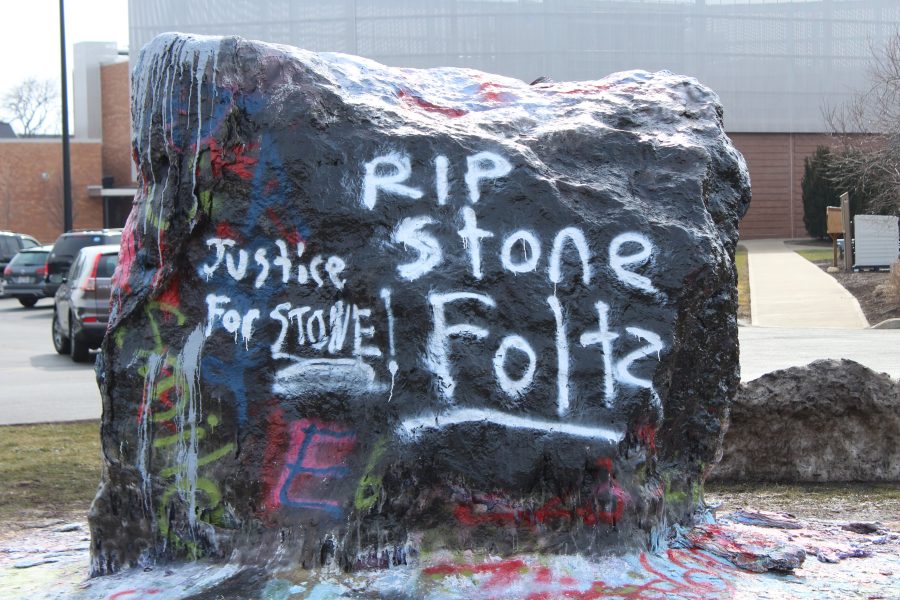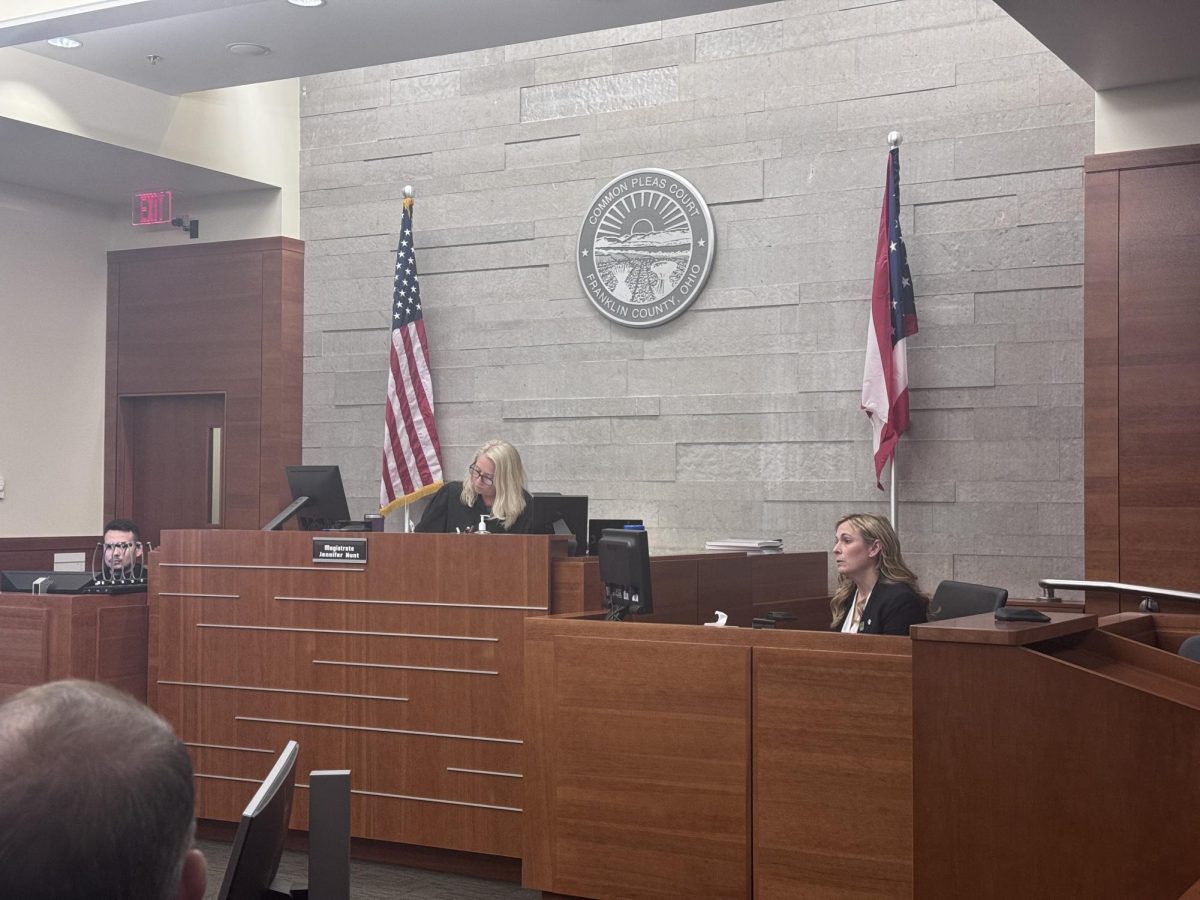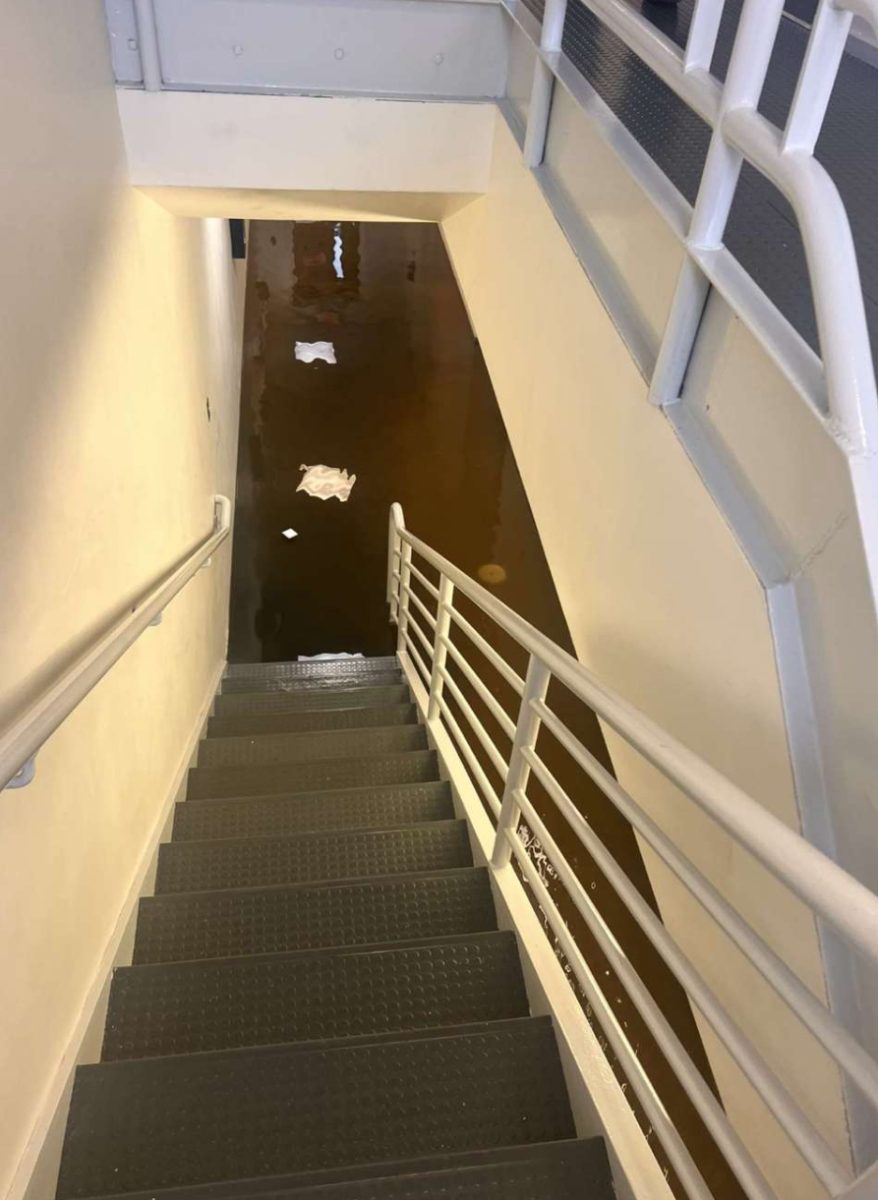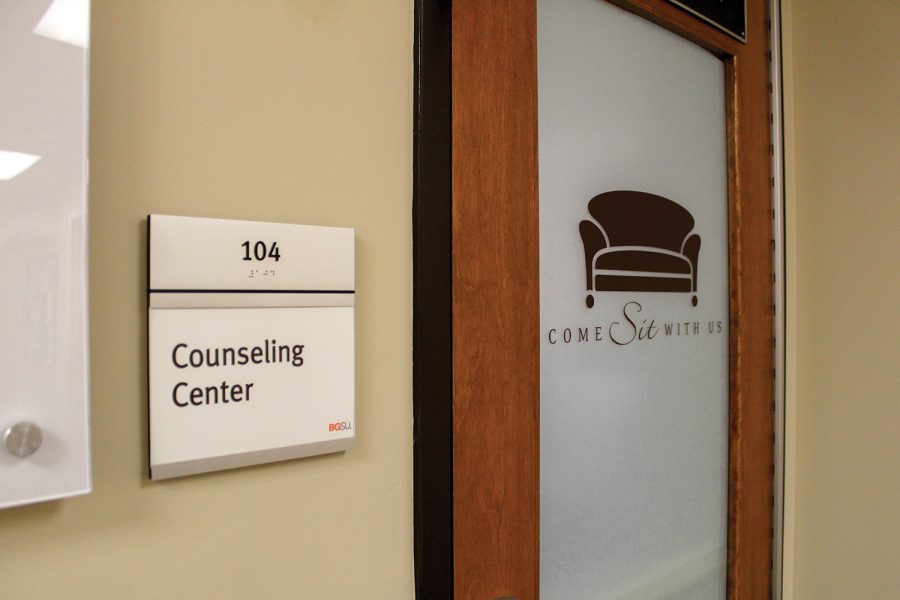After a BGSU sophomore passed away due to a hazing incident at an off-campus residence, members of the Undergraduate Student Government and an administration panelist board came together to address questions, especially on preventive measures for the future.
“These recent events make it apparent that both institutional and cultural change are imperative to the future of BGSU,” USG Speaker of the Senate Michael Johnston said.
The invited panelists included Dean of Students Chris Bullins, Assistant Dean of Students Stacy Allan and Director of Student Engagement Brian Heilmier, who helped discuss the four topics below:
What are the current strategies in place for hazing prevention?
“When we talk about hazing prevention . . . we try to work with chapter leadership, our chapter middle membership, as well as our new members . . . Starting with our new members . . . many times students will come to Bowling Green and have a perception of what fraternity/sorority life is. Some of it’s accurate, some of it’s not accurate. So we spend a little time right at the very beginning doing Greek 101 or fraternity/sorority life 101. And in that discussion with our staff members, we talk about what is hazing, how do you report hazing, why hazing is not okay in our community. And so trying to make folks aware of it,” Heilmier said.
In addition to Greek 101, sorority and fraternity life values are stressed in order to help each student feel connected to their chapter.
“Oftentimes, we talk to chapters about adhering to their values, the values of sorority and fraternity life, the values of their individual chapter, and obviously hazing’s not part of that. Part of your new member period should be learning what the values of the chapter are. And if this education doesn’t lend itself to those values, then it shouldn’t be happening,” Heilmier said.
Throughout each semester, multiple education sessions about hazing, alcohol, sexual assault and bystander intervention are implemented into Greek life.
“We . . . really work with our council leadership to provide education once they’ve been accepted as a new member role. When we’re looking at hazing education, there’s not one right way to do it. A lot of what we do is: how do we talk about it in a number of different times, at a number of different periods from a number of different educators. I think the student to student (conversation) is so powerful and really try to encourage our council leaderships to have that new member education with their councils,” he said.
In addition to council leadership, all chapters have a headquarters at a national or international level. At least one chapter meets with a consultant at least once a month virtually or in-person to talk about these important discussions.
“It’s really important to note . . . that we’ve brought students into these conversations. It’s really important . . . to make sure the student voices are with us because we don’t want to program or provide education to our students if it doesn’t hit them where it needs to hit them. We want to make sure we’re speaking the language and really understanding the pulse of the student body,” Allan said.
What are some actionable steps to be taken as we move forward and what kinds of changes can the BGSU community expect?
“Over the last week, we’ve really been working on a chapter recommitment plan. It really calls on every member of a fraternity or sorority chapter to really recommit to general operating standards . . . and education and history . . . why do fraternities and sororities exist on this campus? And how can we ensure you’re educating in an appropriate manner . . . and that the right people are in that room when things are happening . . . making sure there is intentional oversight,” she said.
The plan is focused on encouraging students to step in when faced with those hard situations.
“How do we empower students to intervene? How do we empower students to report? . . . The chapter recommitment plan is really going to focus on those things to really help bring our community back to its core,” Allan said.
While hazing is a common problem faced by fraternity and sororities, Heilmier notes that this plan will extend to all student organizations.
“We need students to make the (plan) effective. What hazing might look like in a marching band might look very different in a club sport. We need students from each of those groups to come together and say ‘Here’s what we’re trying to achieve, here’s what we see, here’s where we think we need to go,’ but you all as the students are going to be the ones that help us get there. Students are going to be the only ones to really make this change.”
What is the current reporting and conduct process here at BGSU?
“Reporting is so critical to our ability as an institution to respond to or intervene when hazing is occurring,” Bullins said.
Many students are still unaware of what is defined as hazing, often labeling forms of it as “tradition” or as a brotherly/sisterly bonding experience.
Additionally, students are often unaware about the first steps to take in the reporting process.
“There are so many ways to report hazing. The one thing that I want to stress is that if there is a situation happening where someone is ever in danger, the first call should always be 911. . . Then, notify the university. . . Another opportunity is for students to file an official report. We do that through the ‘see it, hear it, report it’ campaign through a form,” Bullins said.
Students can also report anonymously through BGSU’s hazing hotline.
In terms of the conduct process, hazing is recognized as a crime in the state of Ohio. Therefore, criminal investigation and civil processes where individuals can be sued happen concurrently with the university’s process.
“Reporting hazing to the university would certainly trigger a code of conduct investigation process. What’s involved in that? . . . our code applies off and on campus. Regardless where it’s happening, we want to hear about it. It’s independent of other investigations that are happening,” he added.
After investigating behavior and profiling students, then an administration can determine to charge an entire organization or individual students with allegations that violate the hazing policies.
“If a student or student organization is found responsible, very different from a criminal process, — we would be enforcing sanctions,” he said.
These could include things like “entailing time in jail, significant monetary fines, permanently removing organization, suspending organization for a derivative period of time,” Bullins noted.
According to Bullins, education sanctions are also applied to ensure preventive measures through workshops, reflections and training sessions.










![The parents of Stone Foltz, Shari and Cory, sit with their legal team, as the final defendant in their son's hazing death didn't appear in court. [Feb. 29, 2024]](https://bgfalconmedia.com/wp-content/uploads/2024/03/IMG_1392-1200x900.jpg)







